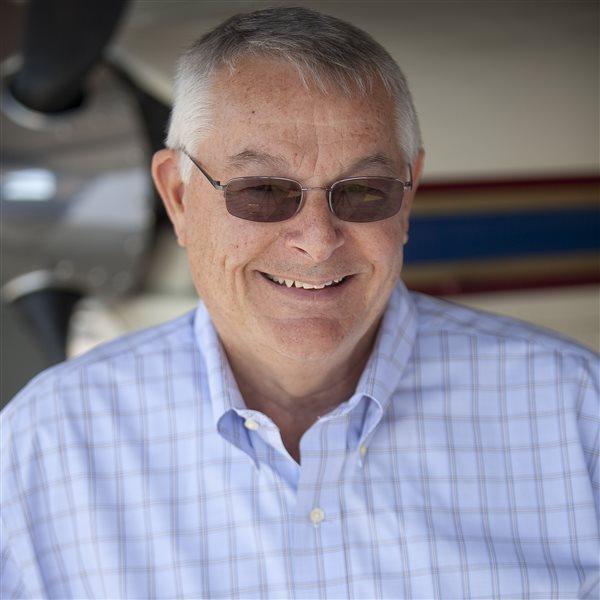 The Lancair kitplane, known as Evolution, a blazingly fast form of transportation, first flew last year with a turbine engine, but now it’s flown with a piston engine.
The Lancair kitplane, known as Evolution, a blazingly fast form of transportation, first flew last year with a turbine engine, but now it’s flown with a piston engine.
The piston-powered Evolution flew for the first time in June and will become the demonstration platform for Lycoming’s iE2 series of muscle piston engines once it completes 10 hours of flight. It needs 10 hours not because it’s a new airplane, but because it needs to complete an aerodynamic profile before the iE2 can be mounted on the airframe. The engine is run by a computer, and these tests are telling the computer exactly how the airplane performs. Data is transmitted from the Lancair electronically for Lycoming engineers to view.
The first 10 hours will be done with the present Lycoming O-540 engine. The iE2 engine, capable of generating continuous power of 350 hp or 400 hp during takeoff and climb, is already waiting at the Lancair plant in Redmond, Ore. Lancair will install it and test fly it a total of 40 hours, a requirement for an aircraft that is experimental and powered by an experimental engine. The engine is currently available only for advanced experimental aircraft. After 40 hours, passengers may be carried.
The agreement between Lancair and Lycoming calls for the aircraft to become a Lycoming demonstrator for three years. Although Lycoming doesn’t refer to the engine as FADEC (full authority digital engine controls), that’s basically what it is. There’s just a push button to start, a single lever to go fast or slow, and a key switch to turn the engine off.
Just how fast does it go? Speeds claimed by the manufacturer are 240 KIAS with a fuel burn of 17 gph, or 250 to 260 KTAS with a fuel burn of 22 gph. The company also reports a speed if you just want to shove the power lever all the way forward, and that’s 270 KTAS. You can actually do that without concern for damaging the engine, because the computer monitors and manages each cylinder individually. By comparison, the turbine-powered Evolution goes 300 KTAS to 330 KTAS depending on which model of turbine engine you install.
Yes, you have to build part of it by yourself. Construction begins with a two-week stint at the factory during which most of the difficult work is completed. Following that, it can take six months of 40-hour weeks to complete the aircraft, but mechanics are allowed to help under kit building FAA rules. What you can’t do is turn your back on the hangar and return months later to find a completed aircraft.
By the time the piston-engine Evolution is completed, you’ll have about $600,000 in the project. For the turbine engine Evolution, the total will be between $700,000 to $1 million. A new turbine engine can cost as much as $435,000, but less expensive used engines are available.



